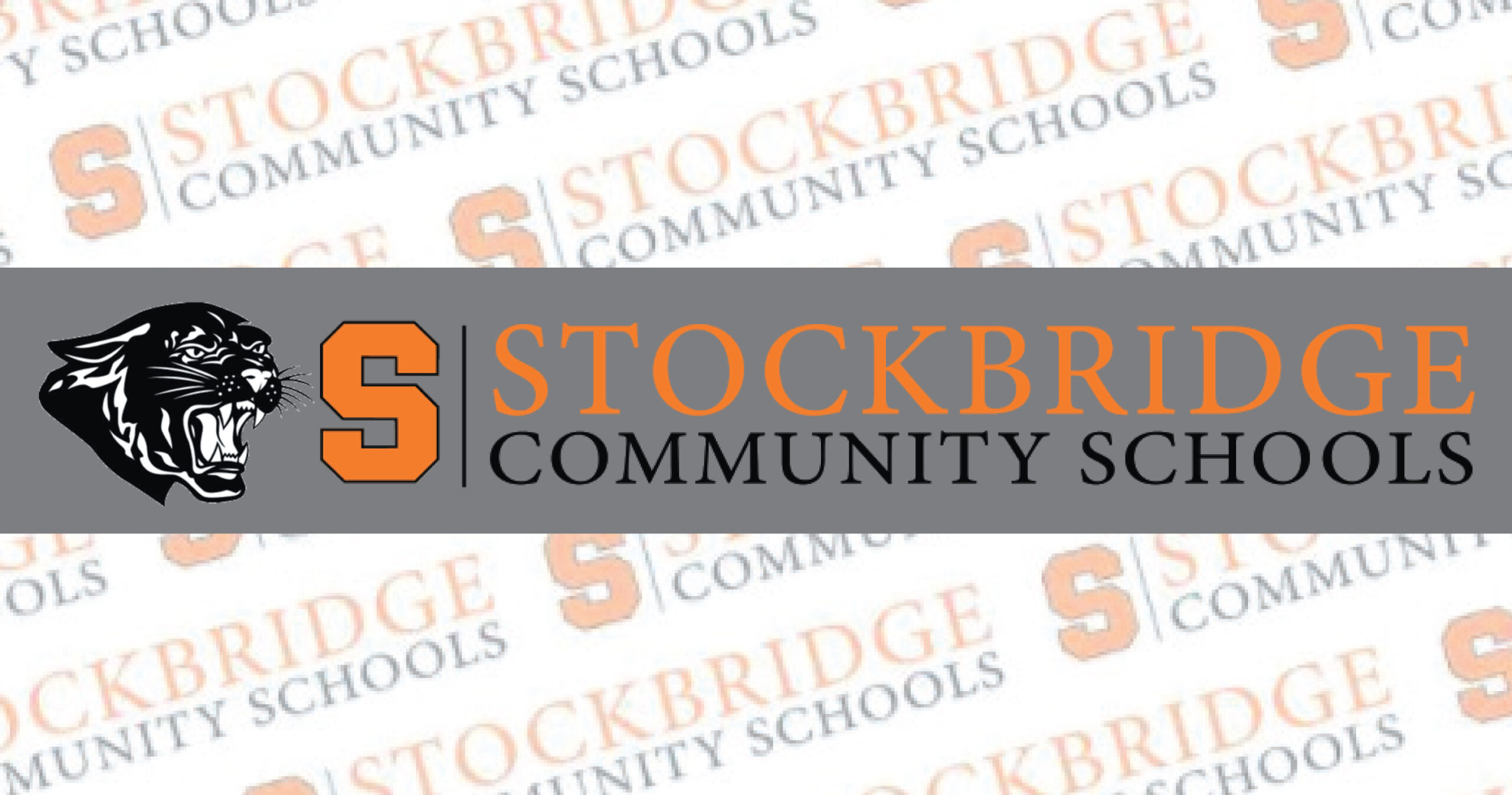What? No turkey on Thanksgiving?

by Ron Kaiser
Thanksgiving traditions in the Americas, iGermany, and elsewhere are different from what we may think we know about the holiday and may have been taught in elementary school.
Settlers of the New World, most coming from Europe, were familiar with Thanksgiving traditions. The Pilgrims brought the holiday with them to Massachusetts. In gratitude for the blessings of the first harvest and the friendship of the Native Americans, a three-day feast was held beginning Dec. 13, 1621. Venison, duck, goose, seafood, corn, greens, berries and nuts were abundant at the celebrations. Records make no mention of turkey.
Then on Oct. 3, 1789, George Washington issued his Thanksgiving Proclamation, designating for “the People of the United States a day of public thanks-giving” to be held on “Thursday the 26th day of November.” This 1789 date marked the first national celebration of a holiday that has become commonplace in today’s households.
But subsequent presidents failed to continue the tradition. Then in the midst of the Civil War, Abraham Lincoln issued his 1863 Thanksgiving Proclamation as a one-day event scheduled for Nov. 26, 1863. For decades thereafter, the holiday was celebrated only occasionally in some regions. I
Only in the 1940s did Thanksgiving become an annual US national holiday on the fourth Thursday in November.
The classic Thanksgiving menu of turkey, cranberries, pumpkin pie and root vegetables is based on New England fall harvests. In the 19th century, as the holiday spread across the country, local cooks modified the menu both by choice and necessity.
In the Chesapeake Bay, crab is the local favorite. In Minnesota, the turkey might be stuffed with wild rice. In the Northwest, locally grown hazelnuts can be found in stuffing and desserts. In Indiana, persimmon puddings are a favorite Thanksgiving dessert. Baltimoreans often like sauerkraut alongside their turkeys. The entre isn’t always turkey either; it could well be pork roast or ham.
Most of these regional variations have remained largely a local phenomenon with a connection to the local harvests and specialty foods. But giving thanks was part of all the celebrations. People were thankful for a good harvest, a year of good health and a year of peace, which did not happen every year.
May your day of giving thanks include gratitude and remembrance for the settlers who came to this land to leave a legacy of peace, prosperity and freedom.



